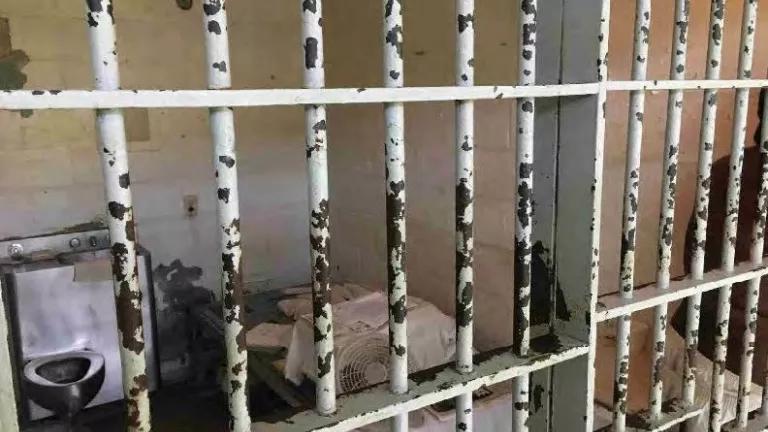Equitable Infrastructure: A Path to Bridging the Divide

Our infrastructure continues to crumble under the Trump agenda despite his pledge to work with Congress to fund repairs and make major improvements. So far, we’ve seen only failed promises and policies that seek to steamroll our environmental protections and harm our communities.
America needs 21st century infrastructure solutions that work not just for Main Street but for all avenues and boulevards—from the heartland of our industrial cities to those connecting rural and urban America.
There is more that unites us in this fight for rebuilding our country than divides us. We all want the right to clean air, clean water, and the ability to thrive.
We are finally learning this lesson from the past: Social inequities and a lack of environmental resiliency are embedded in the concrete of our roads, bridges and other infrastructure.
Government policies from the 1950s, such as redlining, continue to negatively impact communities of color—a situation that puts cities and communities at competitive disadvantage. In fact, the U.S. economy could be $8 trillion larger by 2050 if the country eliminated racial disparities, according to “The Business Case for Racial Equity: A Strategy for Growth.”
We simply cannot afford more of the same failed practices—nor should we continue to finance the oppression of any Americans.
America needs a robust infrastructure plan that makes a significant down payment in our future, addresses the current challenges facing our communities, and redresses the legacy of past investments.
Any infrastructure plan must consider the vulnerability of communities to climate change based on the exposure to environmental stress, socio-economic sensitivity, and ability to adapt—and that doesn’t just mean on America’s coastlines. According to the National Centers for Environmental Information (NCEI), every state has suffered at least one billion-dollar disaster since 1980, totaling $1.5 trillion.
Americans can no longer afford to ignore the cost of climate change to our public health and wealth as a nation.
We must retrofit America’s older homes, roads, and buildings, and invest in resilient infrastructure and smart technology to provide a long-term solution to addressing climate change, creating good jobs, and sustaining our economic growth as a nation.
We need a High Road approach to building infrastructure that creates multiple benefits for communities and includes public and private partnerships that provide jobs and social and environmental advantages, since P3s aren’t free revenue sources. Public projects that grant the private sector special incentives, like Treasury’s Opportunity Zone must demonstrate long-term benefits and performance measures that ensure just and equitable outcomes.
The public engagement process and decision-making power must be informed by the users of the system through a model that prioritizes local residents at every stage of the project lifecycle from design-build to operation and maintenance.
America needs equitable infrastructure that builds new pathways of opportunity and bridges the divide between communities that have benefited from the investments of the past and those that have not. Virtually no community, after all, is spared the harsh storms, extreme temperatures, and severe environmental stress of climate change.
For more on these issues, watch a video below of this session at the Brookings Institution,
"Building inclusive infrastructure: How the built environment limits pathways to opportunity, and what we can do about it!"



